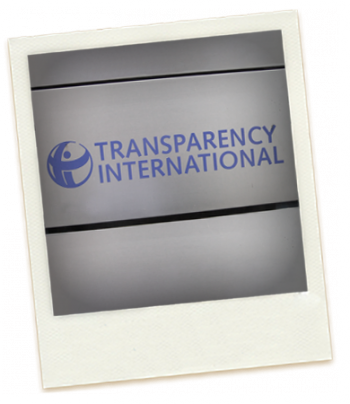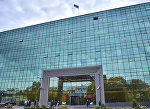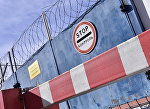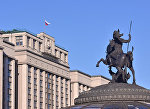MOSCOW, December 3 (RAPSI) - Denmark and New Zealand share the highest ranking in Transparency International’s (TI) 2013 Corruption Perceptions Index (CPI), while Afghanistan, North Korea, and Somalia collectively occupy the lowest position on the list.
The CPI, released annually, scores and ranks the world’s countries and territories according to the perceived corruptness of their public sectors. The CPI is a composite index based on a “combination of surveys and assessments of corruption, collected by a variety of reputable institutions,” according to an information sheet released alongside the 2013 rankings. TI defines corruption as the “abuse of power for private gain.”
Transparency International deals in perceptions in creating its annual indexes as a more realistic alternative to hard data on corruption. According to the information sheet: “Corruption generally comprises illegal activities, which are deliberately hidden and only come to light through scandals, investigations or prosecutions. There is no meaningful way to assess absolute levels of corruption in countries or territories on the basis of hard empirical data.”
The information sheet notes that the CPI is the “most widely used indicator of corruption worldwide,” but warns that the index is limited in scope: “The CPI is an indicator of perceptions of public sector corruption, i.e. administrative and political corruption. It is not a verdict on the levels of corruption of entire nations or societies, or of their policies, or the activities of their private sector.” In other words, only public officials and institutions are taken into account.
Each country in the index is assigned both a score and a ranking. The score falls on a scale ranging from zero to 100 – zero being the worst in terms of the perception of corruption, and 100 being the best.
The ranking simply stacks the countries against one other, and is subject to change for a variety of reasons – including changes in the number of countries included in the index. For example, South Sudan was included in the 2013 CPI, but not in 2012’s. Overall, 177 countries were compared with one another for the 2013 index.
Occupying the top 10 spots on the 2013 index were (with rankings/scores in parentheticals): Denmark (1/91), New Zealand (1/91), Finland (3/89), Sweden (3/89), Norway (5/86), Singapore (5/86), Switzerland (7/85), Netherlands (8/83), Australia (9/81), and Canada (9/81).
Bringing up the rear were: Syria (168/17), Turkmenistan (168/17), Uzbekistan (168/17), Iraq (171/16), Libya (172/15), South Sudan (173/14), Sudan (174/11), Afghanistan (175/8), North Korea (175/8), and Somalia (175/8).
Russia has maintained the score of 28 that it received last year, and shares the ranking of 127 with eight other countries. In 2012, Russia was ranked 133.
The countries that according to the CIP have improved the most in the past year include Brunei, Laos, Myanmar, and Senegal. Those that have fallen the farthest by the index’ estimation include: Eritrea, Gambia, Guinea-Bissau, Libya, Mali, Mauritius, Spain, Syria, and Yemen.



